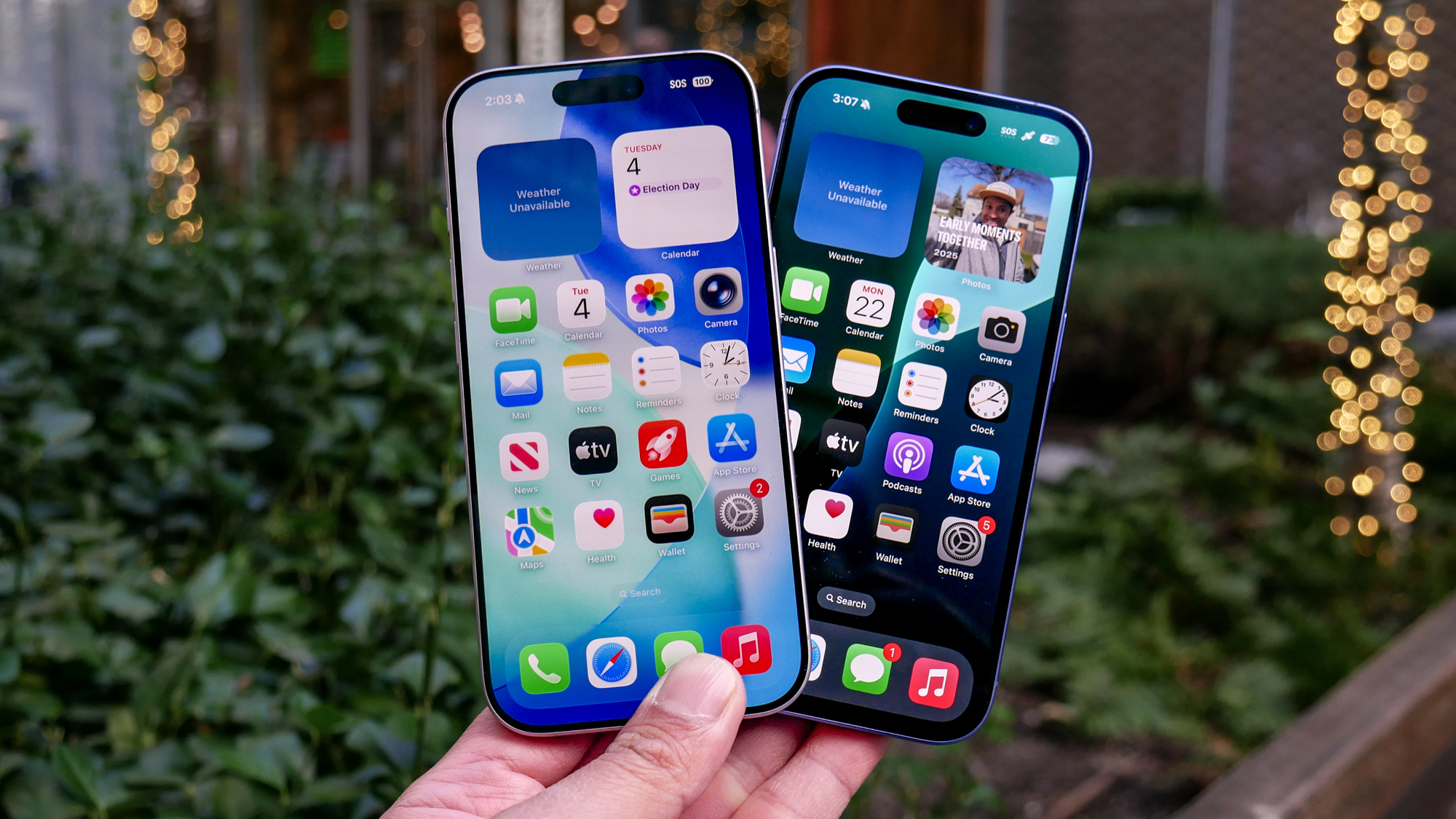I test appliances for a living and here are my top washing machine tips
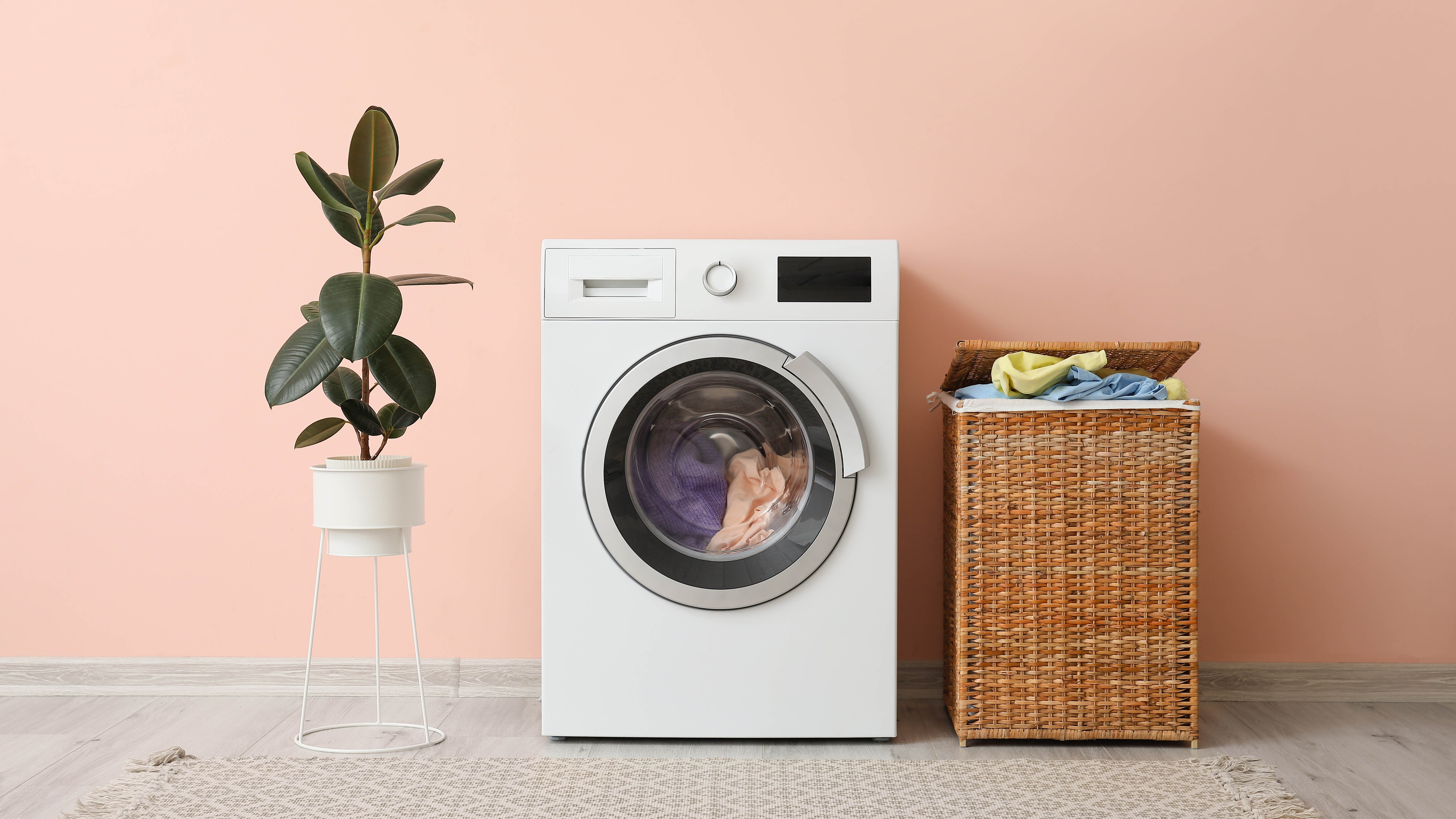
My job is anything, but average. As the Homes Editor at Tom's Guide (and a product tester before that), I’ve been assessing and reviewing appliances for more than 6 years. In that time, I’ve learned all sorts of tips and tricks, from how to load a dishwasher the right way to nine things you should never put in an air fryer. But, one area I’ve always taken a keen interest in is washing machines.
The more I learn about the best washing machines, the more I realize how much is relatively unknown about these appliances and how extensively they’re taken for granted.
Many people will just get into the habit of running their washing machine in the same way with each cycle — completely unaware that they could be impairing its performance or even racking up expensive repairs. That’s why I’ve pulled together my top seven washing machine tips after six years of testing. Whether you neglect any of the following areas, or you’re completely unaware of them, now’s your chance to make some changes for the better of your washing machine.
If you think your washing machine might be on the way out, here are seven signs that you need a new washing machine and 11 things to look for when buying a washing machine.
Also, ever wondered why is this energy-saving setting missing from U.S. washing machines? We've found ways to replicate it.
1. Fill it to the right capacity

Overloading the washing machine is one of the most common errors I’ve seen. Even though the drum is tightly packed, people will put all their might into squeezing in a final pair of socks so they won’t have to wait until the next cycle.
The problem with this habit is that the clothes won't be able to rotate in the cycle as effectively, which essentially deteriorates the wash performance. Too much weight can also lead to the washer struggling to spin at the end of its cycle — so you might have to remove some weight from the drum before it can finish the wash.
Get instant access to breaking news, the hottest reviews, great deals and helpful tips.
Referring to your washer’s specified capacity isn’t always a reliable measure for its limits though. When ascertaining the maximum weight a model can accept, the brand will often load fabric that is folded tightly and compressed to get the most out of the available space. So you will have to use your own judgement when it comes to this area. When the washing machine drum is full, leave the rest of the laundry for another cycle.
Underloading a machine isn’t likely to cause as much of an issue — although you will likely be wasting water and energy to an extent as you will be running more cycles than necessary. That’s why filling the washing machine to its full capacity is one of our five easy ways to save money on laundry.
2. Use the right settings

Your washing machine will likely come with an abundance of settings, so why are you using the same one for every cycle? I can’t judge — I did the same thing all the way through college.
The general thinking is clothes come out clean, so why over complicate matters? However, there’s a reason your machine offers so many settings; each will adjust the length, intensity and temperature options for the fabric in question. So by using the corresponding setting, you are getting the best wash cycle for the item and you’re far less likely to damage it in the process. Refer to your user manual if you’re ever unsure what a particular setting is for.
On the flip side, you might be using a setting which isn’t sufficient. The quick wash setting is one that’s easy to get addicted to, because it’s so fast, convenient and cheap to run. But, there’s a time when you should and shouldn’t use the quick wash setting on your washing machine.
By using quick wash on items which require a full wash cycle, your washing machine will fail to thoroughly clean the clothes, rendering the cycle pointless. If you’re looking for ways to save money with your washing machine, try relying on the eco setting where appropriate instead. This setting is rare in the U.S., but if you have it, it provides a thorough wash with less water and energy versus the regular cycles. Be prepared for it to take longer to complete though.
3. Leave out the fabric softener
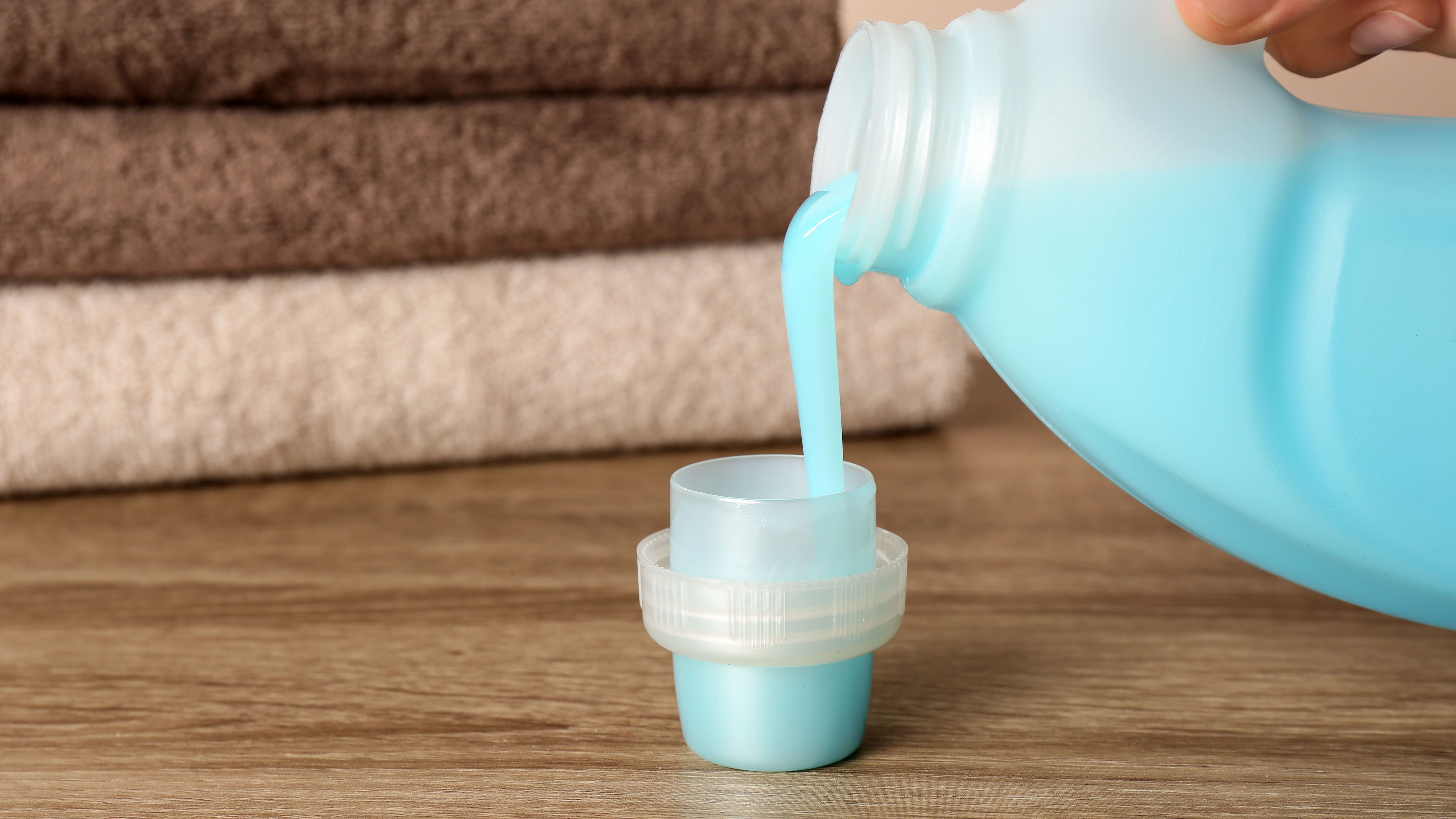
This one surprised me, but the fact is that fabric softener is bad news for you and your washing machine. To create the "soft feel," this liquid coats the laundry with a residual waxy layer, which remains once the wash has finished.
The problem is that this layer actually blocks and deters the absorbency, which is a particular nuisance for towels and sportswear. This can build to such an extent that the material can even struggle to absorb water and detergent over time — essentially, fabric softener will stop your clothes from washing as well.
On top of that, fabric softener can lead to allergies and reactions if you suffer from sensitive skin. It can cause damage to your washing machine, too. If the residue isn’t completely washed away after each cycle, it can build up to the point where it blocks pipes and drains, leading to expensive repairs.
It gets worse. As fabric softener drains away, it’s no friend to the environment either because of its non-biodegradable base. Ultimately there’s little reason to use it, other than the soft feel, but you can achieve this just as easily by adding ¼ cup distilled white vinegar to the final rinse cycle. This won't make your clothes smell like vinegar, contrary to what you might assume, so try swapping out your softener. Never mix distilled white vinegar with bleach though. This creates a lethal chlorine gas.
4. Choose the best laundry detergent to suit you
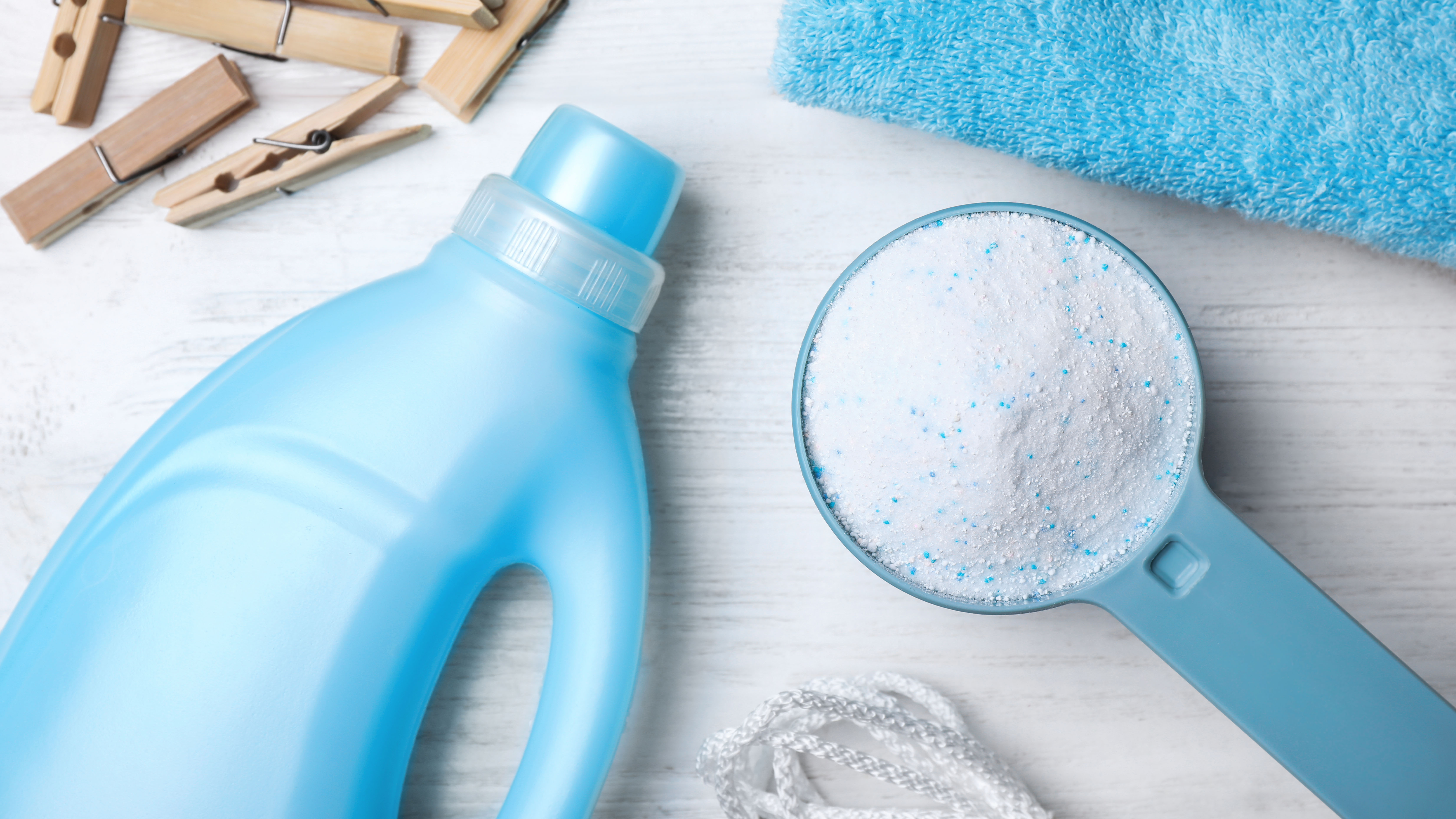
Another key mistake many tend to make is sticking to the same laundry detergent. There are a range of different brands and types to choose from for good reason — different detergents will suit different people.
If you have sensitive skin, non-bio will likely be preferred over bio, while if you’re dealing with particularly dirty clothes, powder will be preferential to liquid. To keep whites white, look out for laundry detergents which contain enzymes and whitening agents — these can be found in the ingredients list.
If you care about the environment, eco-options are also available, although these don’t offer as solid a cleaning performance in my experience. Pods will be ideal for those who value convenience above all, but keep in mind that they tend to be the most expensive.
Personally, I use different detergents depending on the wash load — a powder for whites and a liquid for colors. There are also dedicated detergents available for sportswear as well as delicates if you want the best treatment.
See our guide on powder vs liquid detergent for more information on the differences between detergents.
5. Don't ignore a shaky washing machine

When I tested washing machines, one thing I saw frequently was models starting to shake and vibrate as they picked up spin speed. This often happens when the drum is overloaded, as the machine is trying to spin an excess of weight. It can also happen when you try to wash a single, heavy item, such as a pillow or duvet. Because the weight in the drum is unbalanced in this instance, the machine can actually throw itself around with the weight as it picks up speed or slows down. That’s why you should always wash two pillows at a time or balance out the load with extra towels — see how to wash a pillow for full details.
If your washing machine shakes with every cycle, you should look into the problem as soon as possible. This can cause damage to both the washing machine and your floors each time it happens, not to mention it will make a huge ruckus.
If you have a new washing machine, it’s worth checking that the transit bolts were removed on installation. These can be found around the back of the washer and there are typically four to remove.
Your washer may alternatively be uneven in its placement. If you can tip it by hand, it’s not level and the feet will need adjusting accordingly. There are other common issues that can cause a shaky washing machine; see our guide on how to fix a shaky washing machine for more details. If in doubt, call a professional — a shaky washing machine shouldn’t be ignored.
6. Washer dryers don’t tend to live up to the hype
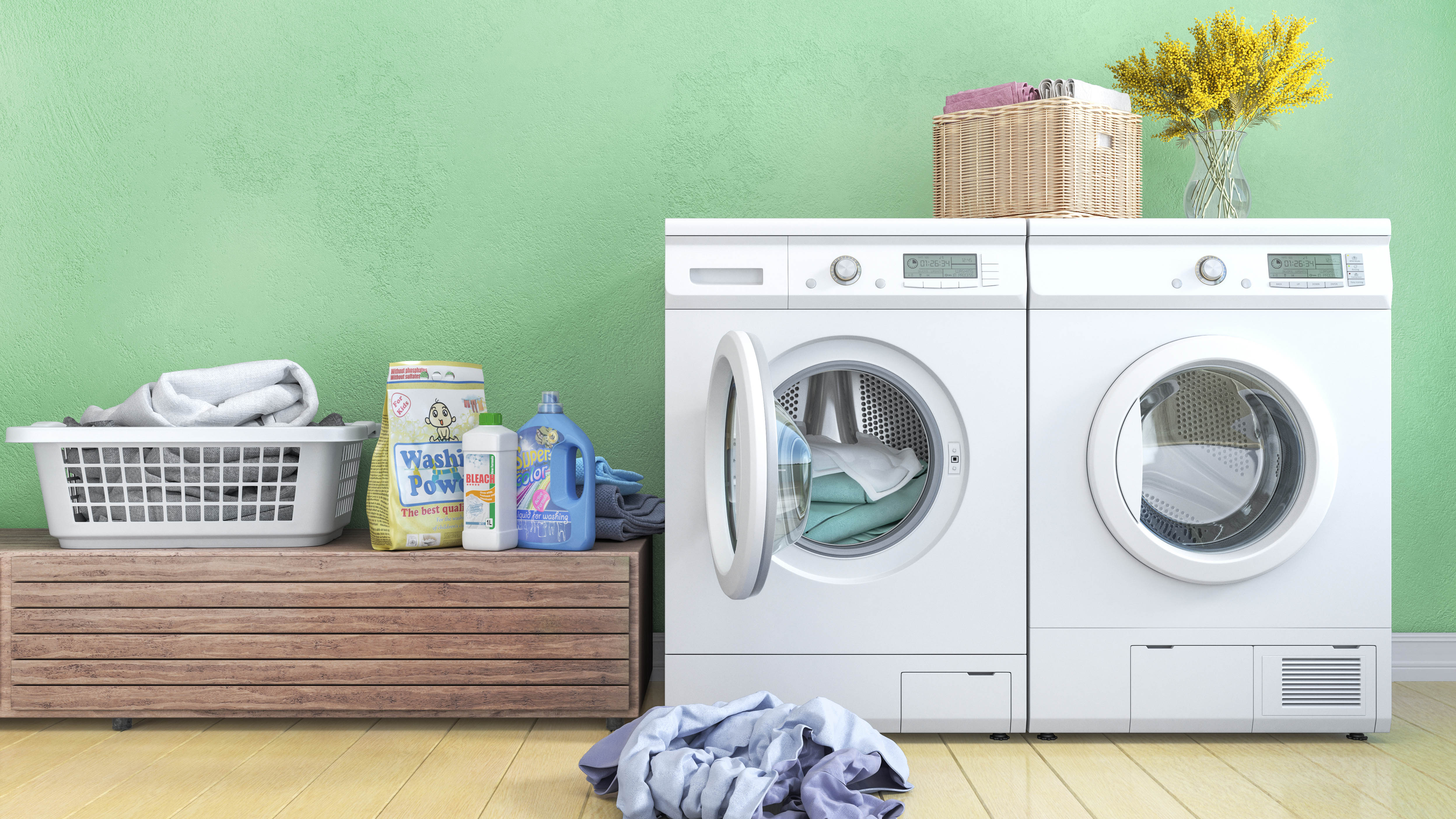
One thing I’ve learnt with most appliances is that hybrid designs don’t tend to perform as well as dedicated models, and the same can be said for washer dryers which function as both washing machines and clothes dryers. The drying function in particular is often subpar to the best clothes dryers.
If you have the space to accommodate both appliances, I recommend sticking to buying one of each, so that you get the best performance. If space really is at a premium, you can always opt for stackable models instead. Alternatively, here are eight ways to ditch the clothes dryer and save on energy.
7. Remember to clean your washing machine
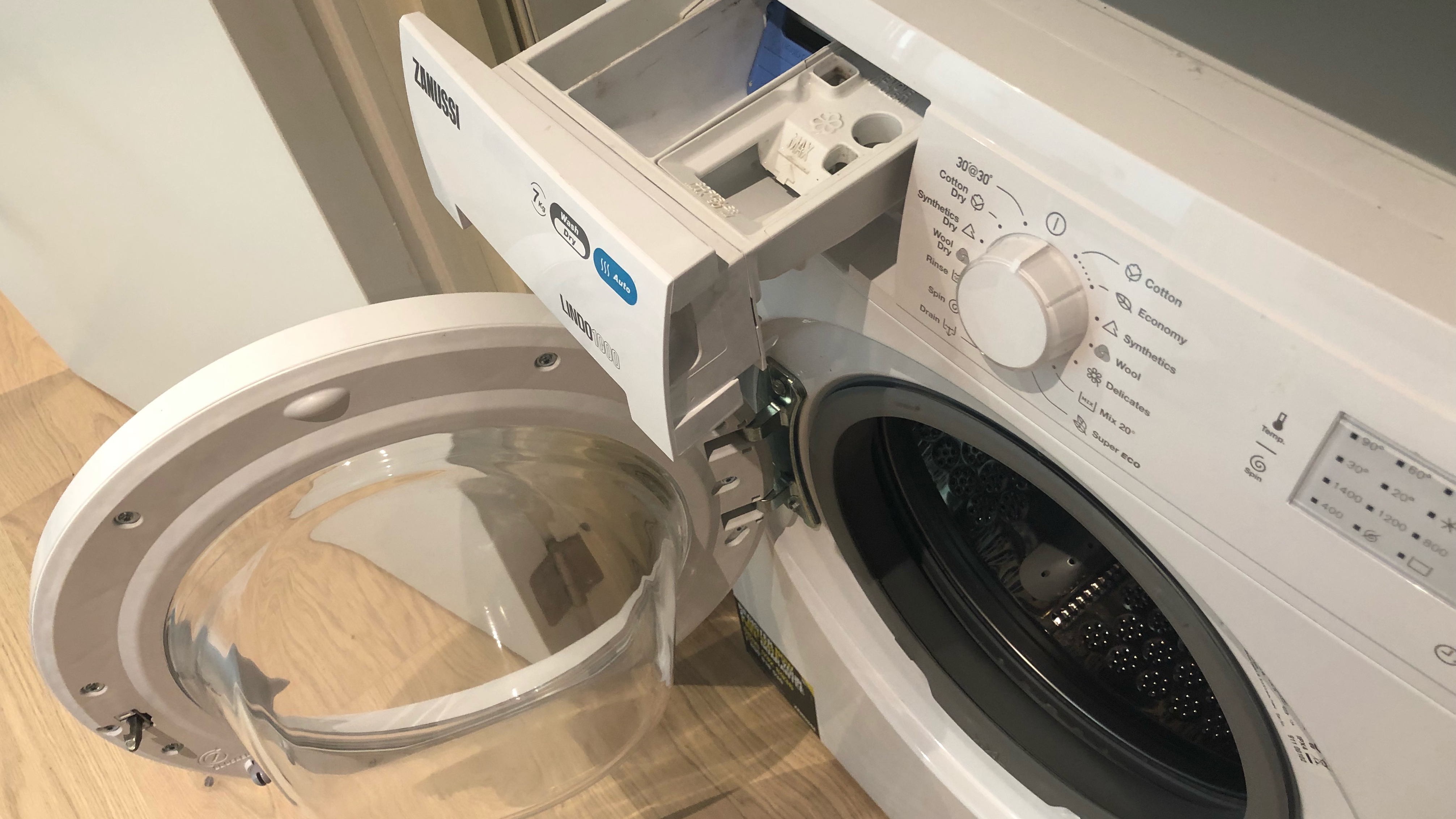
One important thing most of us forget to do is take the time to clean our washing machines. That’s right, your washing machine needs cleaning, too, and ideally this should be done once a month to keep it functioning at its best.
If you don’t clean your washing machine, soap residue, limescale and mildew can build up within, eventually impairing the washing performance and leaving the drum smelling musty.
In worst-case scenarios, this can damage your washing machine and lead to expensive repairs, so it’s important that you take the time to clean your washing machine once in a while. It requires less time than you think and can be done with just a few household products. For step-by-step guidance, see how to clean a washing machine.
Failing to clean your appliance is one of the 7 reasons your clothes come out smelly from the washing machine and why you could be damaging your clothes in a washing machine.
For more washing tips, tricks, and how-tos, check out our guides on best clothes dryers, this is the cheapest time to do your laundry and save money and what do laundry symbols mean?

Katie Mortram used to be a Homes Editor for Tom's Guide, where she oversaw everything from kitchen appliances to gardening tools, as well as smart home tech. Specializing in providing expert advice for cleaning and home manintenance, she now works as Household Advice Editor for Good Housekeeping.
